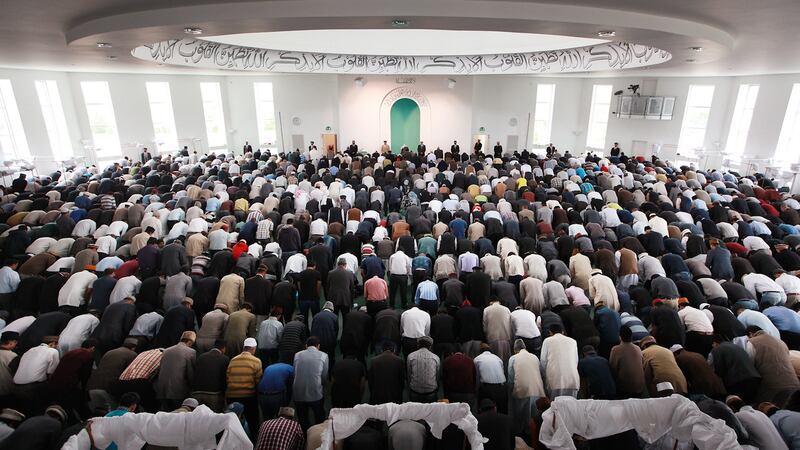More than a billion Muslims around the world are marking the start of Ramadan Monday.
What is Ramadan and how is it observed? Here’s a quick look at the origins of the holy month and how Muslims celebrate it.
>> Got a question about the news? See our explainers here
What is it?
The word “Ramadan” is from an Arabic phrase for intense heat, scorched ground and a lack of food and drink.
Ramadan, the ninth month of the Islamic calendar, is a month of fasting and prayer. It has been celebrated for centuries in Islam. Followers believe it was in the ninth month of the Islamic calendar that the Prophet Muhammad received the initial revelations of the Islam holy book, which became the Quran.
When is it?
The date of Ramadan changes each year and is based on a lunar calendar, which lasts for around 354 days.
This year, Ramadan began Sunday evening (the first day of fasting is Monday), and ends during the evening of Wednesday, May 12.
How is it observed?
During Ramadan, Muslims (with the exception of children, the elderly, the sick, and pregnant women) abstain from food, drink and other activities during daylight hours. Fasting is the most important aspect of the observation as it is one of the Five Pillars of Islam, the framework of Muslim life.
Muslims are also encouraged to read the entire Quran and to engage in acts of charity. Drinking, smoking, sexual activity and impure thoughts and words are forbidden.
A meal called “suhoor” is eaten each day just before the sun rises and the fast starts. The fast is broken after sunset with a meal called “iftar.”
When does it end?
Ramadan ends when the first crescent of the new moon is sighted and the 10th month of the Islamic calendar begins. The conclusion of the observance comes with a celebration known as Eid al-Fitr — the Feast of Fast-Breaking. It starts the day after Ramadan ends and lasts for three days. Special prayers are said, and gifts are often exchanged.
Sources: timeanddate.com; islamguide.com; history.com; BBC.com
Cox Media Group








